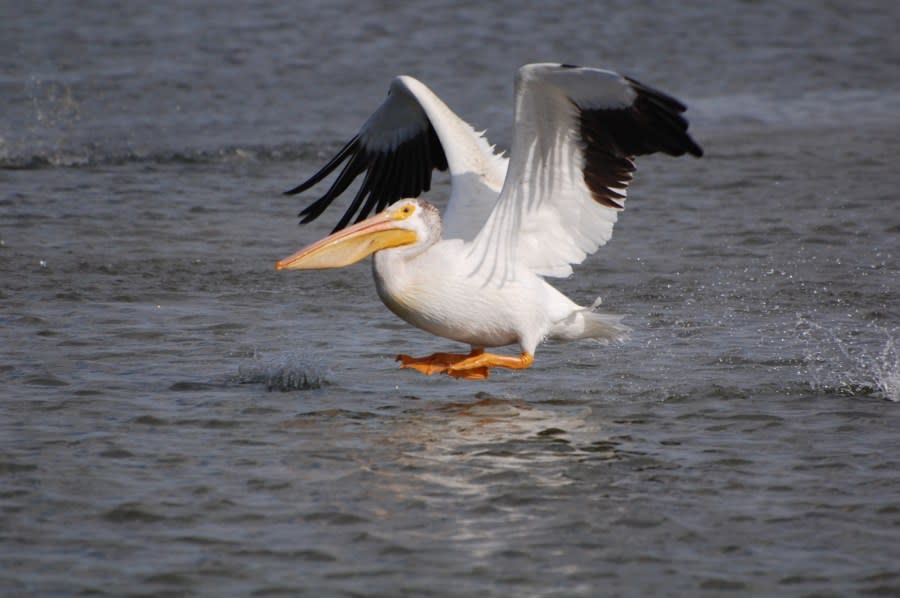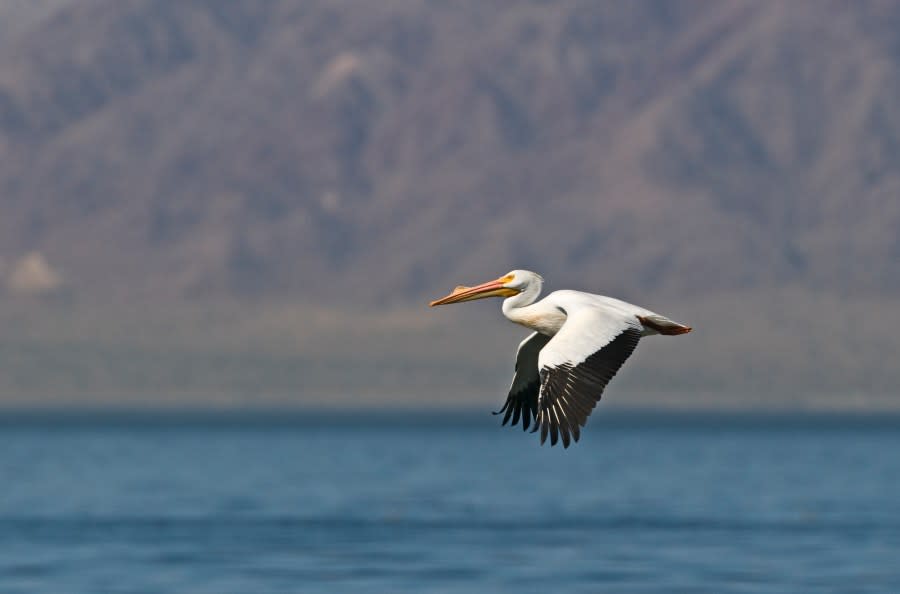American white pelicans nesting on Utah island for first time in 80 years

SALT LAKE CITY (ABC4) — American white pelicans have once again returned to a local nesting colony they abandoned last year, as well as nested on Hat Island — the first time the majestic birds have done so since 1943, according to the Utah Division of Wildlife Resources.
The pelicans abandoned their nesting colony at Gunnison Island last year, officials said. The island, along with Hat Island, is located in the Great Salt Lake — and both are owned and managed by the Division of Wildlife Resources.
These islands, which are no longer technically islands due to low water levels for many years, are now wildlife management areas that primarily serve as protected bird rookeries — breeding colonies typically seen as a collection of nests high in a clump of trees, according to the Oxford English Dictionary.
Lehi High School teacher hospitalized after ‘tragic accident’ during class

The islands are closed to visitors, and it is reportedly illegal for people to go within a mile of them. That includes by land, air or water, officials said. While people may not be able to visit, predators like coyotes have been able to get to the islands using land bridges, officials said.
“Because pelicans are extremely susceptible to disturbances while nesting, they stopped nesting at Hat Island — with the last confirmed reports of nesting there in 1943 — and biologists believe they abandoned the Gunnison Island nesting colony last year due to repeated disturbances from predators,” a release from the DWR states.
So why have the birds returned to Hat Island?
DWR officials said as far as they can tell, the pelicans might have chosen to return to the island because they are a little “gun-shy” about nesting at Gunnison Island, given the disturbances that led to the colony abandonment last year. Hat Island is reportedly still close to the rich food sources in the wetlands of the Great Salt Lake’s eastern shore, offering the birds a place to find some possible refuge.
And they have good reason to choose their nesting location wisely.
Because pelicans are particularly large birds, their nesting period takes a long time, according to the DWR. It reportedly takes a week for them to court, build a nest and lay eggs; a month to incubate the eggs; and three weeks to feed a nestling. Then, it reportedly takes nine to 10 weeks to care for a pre-fledgling.
“In total, this process takes about four months or longer, so pelicans need a protected space for a long period of time, and remote islands provide that protection,” DWR Great Salt Lake Ecosystem Program Manager John Luft said. “Pelicans are very gregarious birds, and they not only cooperate when feeding, but they also benefit from one another in these nesting colonies.”
DWR officials said they don’t have a final number of how many pelicans are nesting on each island yet, but that their monitoring surveys of the white pelicans are still ongoing, and that the pelicans are continuing to arrive.
However, estimates at this time are around 800 birds on Gunnison Island and around 1,300 on Hat Island.
To learn more about these pelicans and how the DWR monitors their populations, visit the DWR website here.
For the latest news, weather, sports, and streaming video, head to ABC4 Utah.

